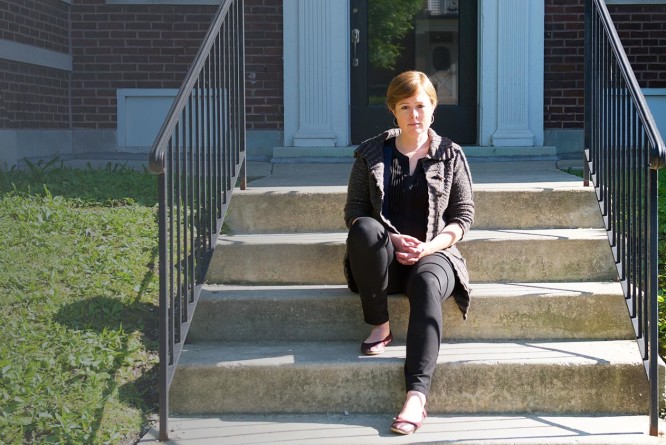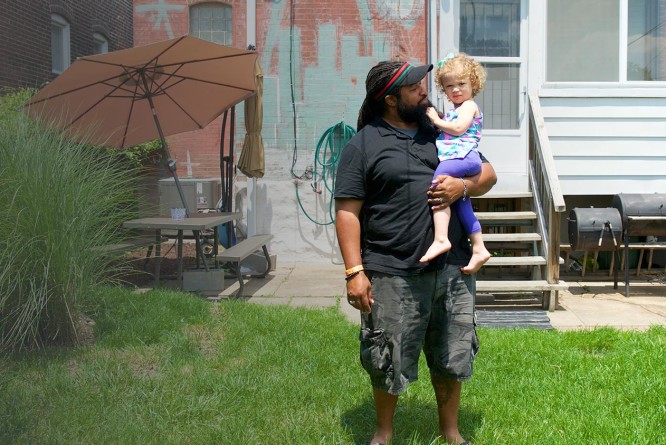Enhancing Access to Transportation
The expert testimony, scholarship, and accounts of lived experience collected by the Commission revealed the following:
- As stated by the Transportation Equity Caucus, “Transportation is a critical link to opportunity, connecting people to jobs, schools, affordable housing, health care, grocery stores, and more. For many Americans, mobility can make all the difference in their ability to meet basic needs, participate fully in community life, and connect and contribute to our national economy” (Transportation Equity Caucus, 2014).
- Research by the Brookings Institution notes:“While St. Louis ranks 19th in the country in terms of population, compared to other U.S. cities, it ranks only 68th in terms of transit coverage and access to jobs by transit” (Brookings Institution). This ranking accounts for access to opportunity via transportation, as well as affordability and availability of transportation choices.
- A typical St. Louis resident with access to transit can reach 13 times fewer jobs by a 45 minute transit commute than by a 45 minute driving commute (East-West Gateway Council of Governments, 2015).
- Approximately one in four of the region’s jobs are reachable within a 90-minute transit trip (Osborne et al., 2015). This becomes problematic when evaluating racial equity and access to opportunity:23.5 percent of Black households do not have access to a car in St. Louis, as compared to 5.2 percent of White households (East-West Gateway Council of Governments, 2015).
- In terms of economic impact, the lack of transportation choices in the city and its reliance upon cars “has helped raised the cost of transportation for everyone — the average household in the City of St. Louis spends 19 percent of its budget on transportation, and in the County that number rises to 23 percent, reducing the region’s overall affordability” (Osborne et al., 2015).
- In terms of environmental impact, public transit reduces pollution, energy use, and congestion on roads. However, in the region, “only 2.3 percent of workers used public transit to get to work in 2012 and only 56.6 percent of workers reside in areas that have access to transit” (East-West Gateway Council of Governments, 2015).
These findings prompted the Commission to draft several calls to action that encourage increased use of public transportation and the allocation of financial resources to support regional transportation enhancements.
To that end, the Commission issues the calls to action found below.
Take Action
Support increased access to care
Contact your local state legislator to express your support for Medicaid expansion. Join local or state advocacy organizations to get involved.
Invest in a child’s future
Make a financial investment in a child’s savings account.
Suggested Reading List
Brookings Institution. St. Louis, MO-IL Metro Area Missed Opportunity:Transit and Jobs in Metropolitan America. Retrieved from:https://www.brookings.edu/~/media/Series/jobs-and-transit/SaintLouisMO.PDF
Citations
- Brookings Institution. St. Louis, MO-IL metro area missed opportunity:Transit and jobs in metropolitan America. Retrieved from: https://www.brookings.edu/~/media/Series/jobs-and-transit/SaintLouisMO.PDF
- East-West Gateway Council of Governments. (2015). Connected 2045:Long-range transportation plan for the St. Louis region. Retrieved from: https://www.ewgateway.org/trans/longrgplan/2015/Connected2045.pdf
- Osborne, B., Lynch, P., Levine, D., Vaughn, E. & Warlick, S. (2015). Transit funding in St. Louis. Transportation for America:Citizens for Modern Transit. Retrieved from:https://cmt-stl.org/wp-content/uploads/2015/07/T4America-Transit-Funding-in-St.-Louis.pdf
- Transportation Equity Caucus. (2014). Why equity in transportation matters. Retrieved from:https://equitycaucus.org/MakingtheCase/WhyEquity



#FwdThruFerguson